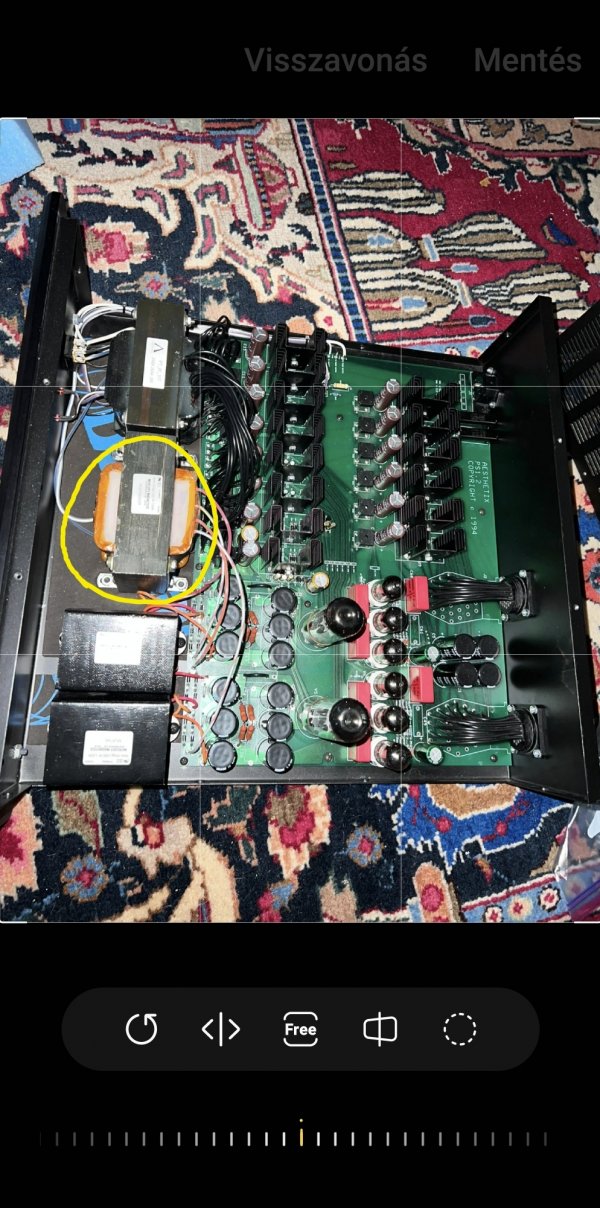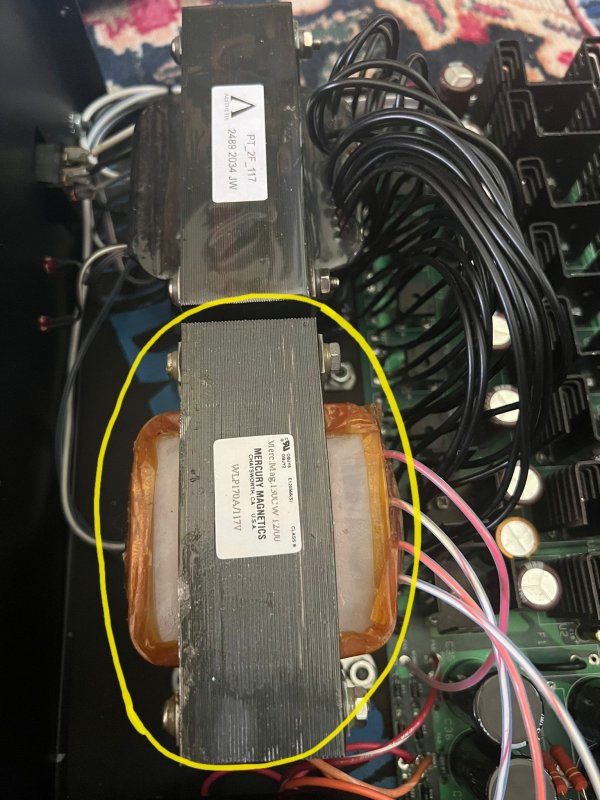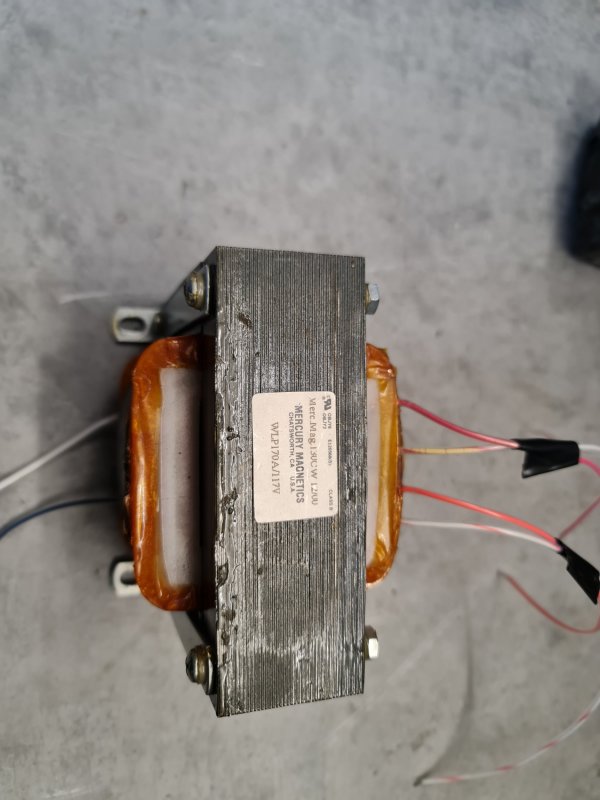Ron, below are the excellent posts by Albert Porter, which are normally referred to, whenever there is a question about IO tube rolling:
“I have used the Io for some time, and was the first to implement the dual power supplies. I have now done this with the Callisto as well. The Callisto is the matching preamp from Aesthetix. On tubes, I started with stock and after some break in, decided to change critical positions to improve the sound. The first four 12AX7 tubes (near the input jacks) are VERY critical, and any noise or microphonics in that position are going to make your life miserable. If you get professional help with any tube selection at all, make it these four. Other tubes that make a big difference is to replace the two Sovtek 6SN7 with the RCA 5692. The old military red base 5692 is the best, but the black plate RCA 6SN7 is a great choice as well. The Sovtek 6922 tubes used in the output of the Io are so bad, that almost any brand is better. I like the Telefunken 6DJ8, the Mullard 6922 white dot, and Amperex 7308 all nearly equal. The sound of these three sets of tubes is radically different, and the correct choice is in the ears of the beholder. The Sovtek 12AX7 tubes used in the outboard power supply, while audible, are not a good place to begin. Going to something extreme like the Telefunken 12AX7 ( as I have ) will be audible, however everything else needs to be at the limit, for this to pay off. Changing the EL34 tubes right beside the 12AX7's (still speaking of power supply) have a large effect on the sound. The two best are the MO Valve KT66 and the Mullard EL34. I have tried almost every tube that will plug in that socket, and these two are by far the best. To respond to the question of reliability, I run my Io 24 hours a day, NEVER turning it off. I pulled the Telefunken 12AX7 and MO Valve KT66 tubes from the two power supplies, and tested them against the recorded numbers from the year before. The loss in trans conductance was only about 12%. At this rate, the power supplies should run 24 / 7 for about 4 or 5 years. Upon testing the main unit, the numbers showed the 5692 (replacement for 6SN7) at about 15% loss in the first year, and the Mullard 6922 white dots (only about 6 months old now) show no loss at all. The main problem with this unit is the fact that ALL the gain is with 9 pin miniature tubes. There are no MOSfets or transistors at all to do this amplification. To make matters more volatile, the circuit uses NO feedback and is run with extremely high gain. This unit will take the .5 MV signal from a moving coil cartridge, and drive 40 feet of interconnect to amps requiring 5 volts peak to peak input signal. There is not another product requiring so much from the first few tubes in a step up stage. This simply means that some people are going to have terrible luck with plugging in tubes (especially UNTESTED) and others will have no problem at all. I think this unit fares pretty well as far as maintenance, but with the small signals from your phono cartridge being magnified with microscope like gain, care must be taken. If you have a problem or make a mistake, it will show up. The good news is that if this phono amplifier is set up correctly, it is without question the best product of it's type I have ever heard. The nearest competitor was the Magnum Opus phono from EASE. The EASE was the evolved version of the Counterpoint SA9, both units designed and manufactured by Mike Elliott. If the SA9 or Magnum Opus phono were still made today, I would tell anyone wanting zero hassle with front end tubes to give these units a listen. They are not as magic, silky or dynamic, because the first stage is a FET, but that FET resolves all the issues I spoke of concerning finding perfect tubes for the first stage. I hope this helps explain what and why and hopefully will allow others to make a decision you can live with. I would be pleased to offer suggestions as to which tubes, if a description of the current system sound is given, and a goal as to what you wish you could change about the sound and tonal balance.”










